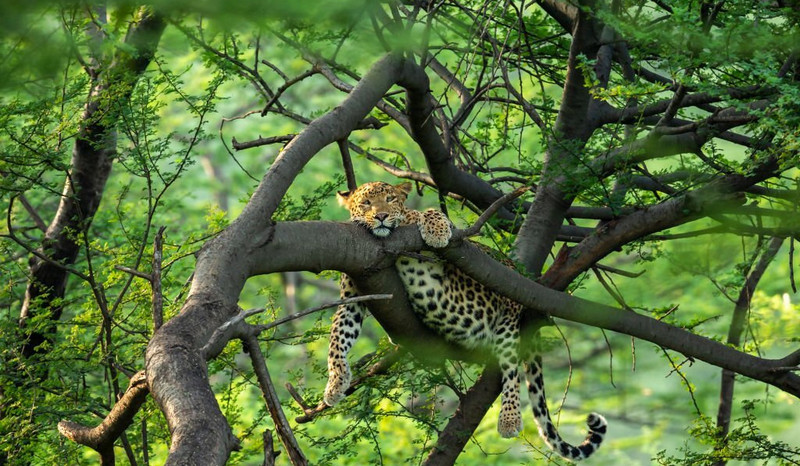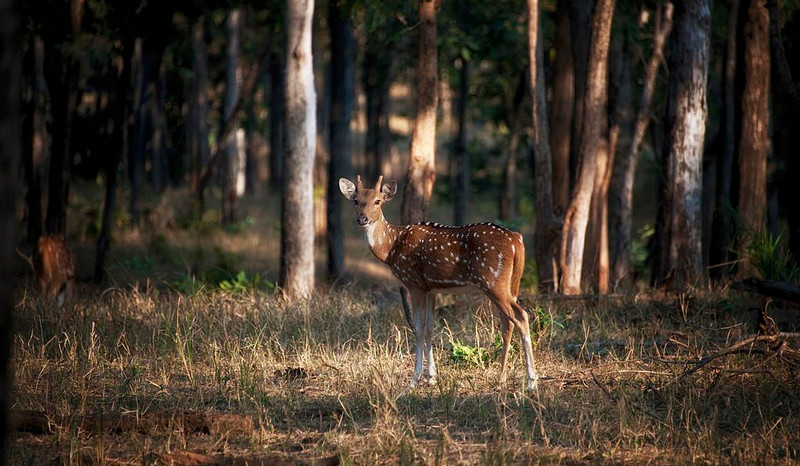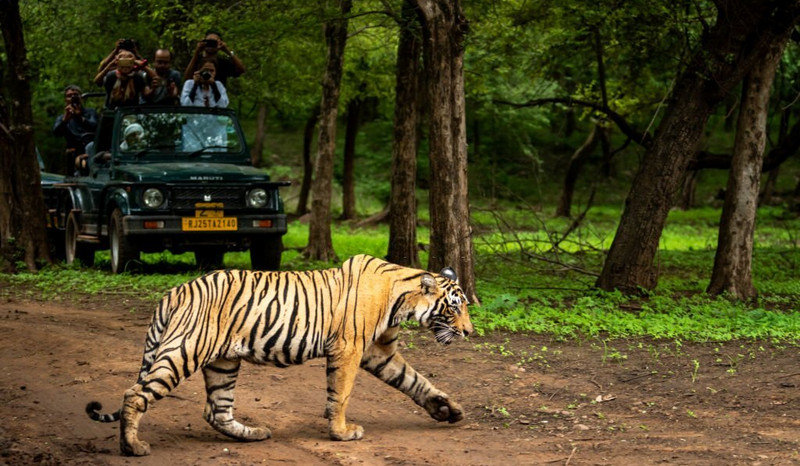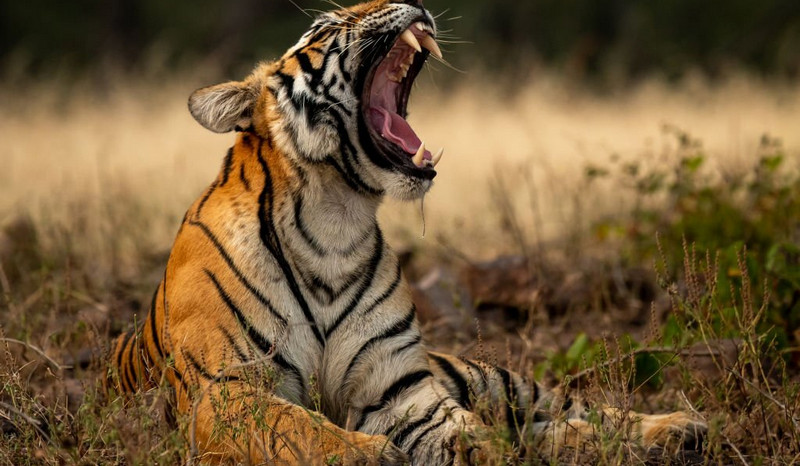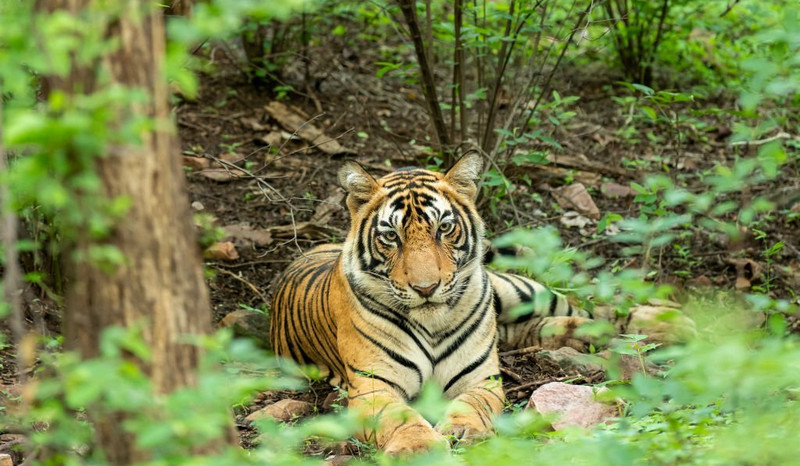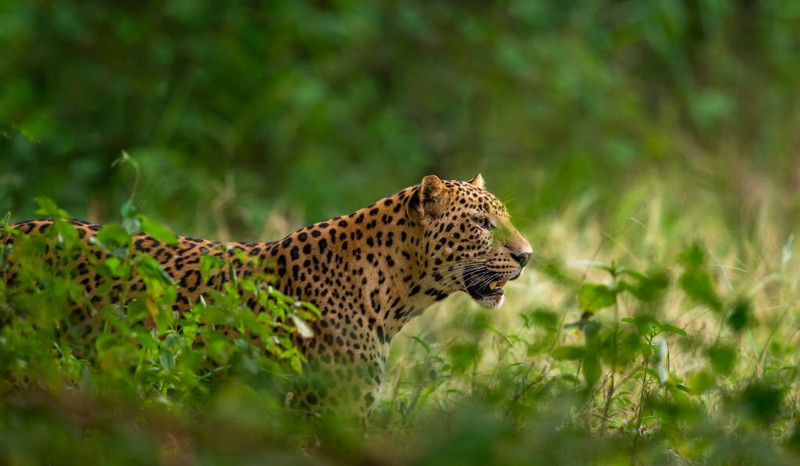Pench National Park
Madhya Pradesh
- Altitude: 425m to 620 m above sea level
- Temperature: 20 - 38 degree Celsius
- Vegetation: 425m to 620 m
- Water Resources: Water Resources The Pench River is life line of Pench national park and a tributary river of the Kanha River
- Core Area: 411 sq. km
- Buffer Area: 768 sq. km
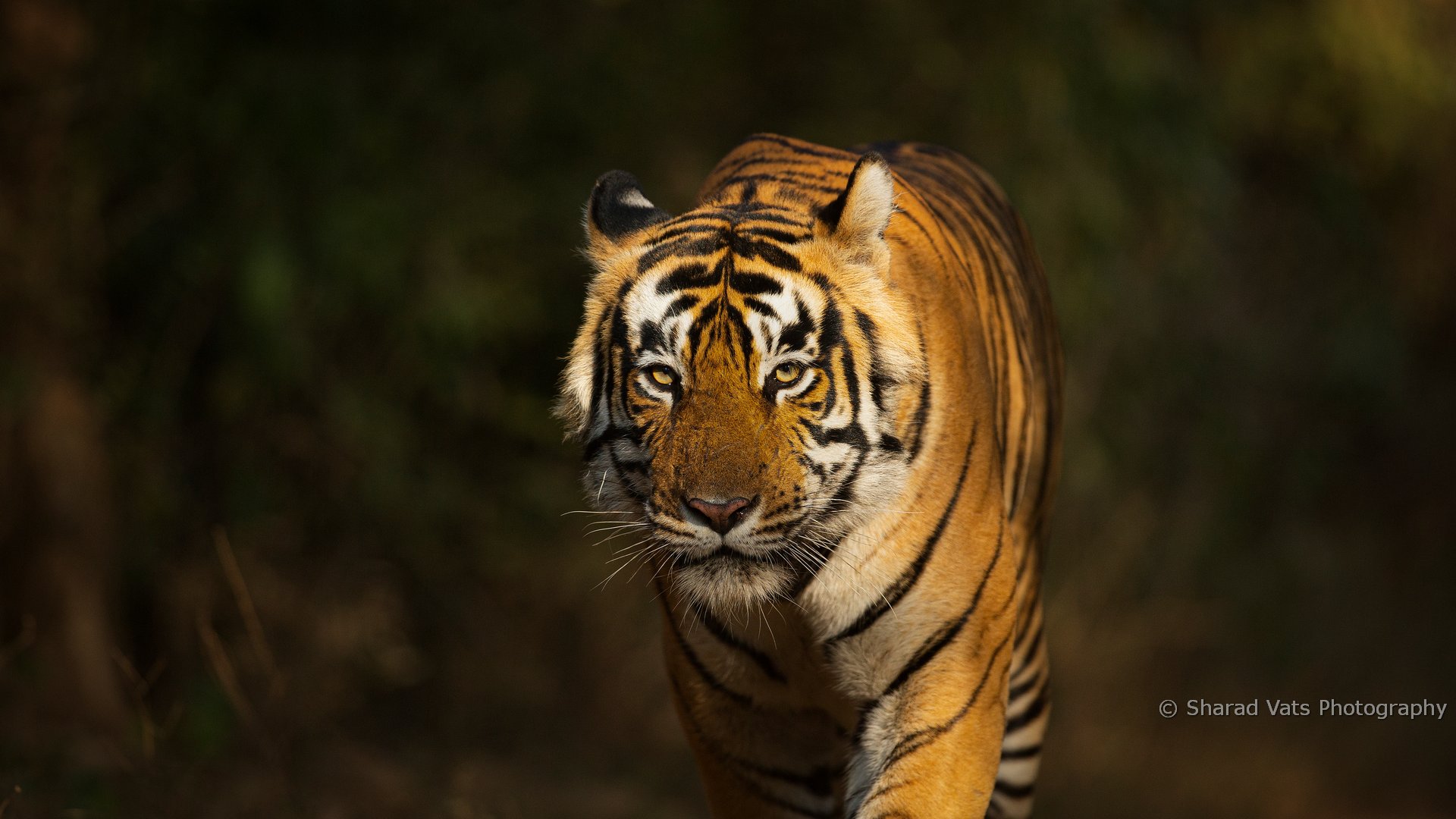
Brief about Pench National Park
Pench National Park, a teak forest in Madhya Pradesh and Maharashtra, is named after the river Pench, which separates the park into two halves. With a rise in wildlife tourism in 2002, this park rose to popularity. However, the park was found by Rudyard Kipling long before tourism began, and he immortalized it in his famous “Jungle Book.” Even so, Pench, home to the fearsome Sher Khan and the adorable Baloo, echoes the murmurs of our favorite bedtime story.
This park, which is primarily a teak forest, is made up of four main hill ranges. Pench National Park is also connected to Kanha National Park by a healthy corridor. In reality, Tigers have been seen traveling from Kanha to Pench, a distance of around 200 kilometers. It’s also home to the elusive Leopard, another huge cat. Pench is also home to sloth bears, Indian Gaur, Wild Dogs, Sambars, Langurs, and over 300 kinds of birds.
The tropical wet deciduous forest in Southern India covers 758 square kilometers, mingling with the tropical dry deciduous teak forest. A number of streams and ‘nallahs’ run through the area, most of which are seasonal. Despite the fact that the Pench River dries up towards the end of April, a number of water pools known locally as ‘dohs’ serve as watering sites for wild animals. During the drought, the Pench Reservoir in the park’s heart is the only main supply of water.
Flora & Fauna in Pench National Park
Flora in Pench National Park
The dry deciduous forest, which includes fruit trees, medicinal trees, and flora, is designated as the Pench Tiger Reserve. The Satpura region is bordered by the Pench Tiger Reserve. In Pench, most visitors come to see the wildlife and go on a Jungle Safari. There is a lack of information about the range of plants and trees that are available. The applications of these herbs are much beyond the scope of a single person’s imagination. Come prepared with a journal and time to experience and make it an informed tour to Pench Tiger Reserve along with an adventure of Jungle Safari if you arrange a Jungle safari or game drive in Pench.
The Mahua Tree – (Madhuca Indica) is a well-known indigenous tree with numerous health benefits, including the treatment of piles, diabetes, asthma, and blood problems, among others. The seeds are pressed for oil, which the tribes utilize in their food. The Mahua flower is well-known and is used to make a well-known whiskey. Langur, parakeet, and deer pegion prefer Mahua flower as a food source.
Palash Tree – This medium-sized flowering tree is also known as the flame of the forest. Its blossoms were once used to create colours for the Holi festival. This is something you’ll frequently see if you visit Pench National Park.
Teak tree – Teak trees contribute to the conservation of a varied range of wildlife in Pench National Park. Teak is weather resistant and can withstand any temperature. Teak is a costly wood that is used to make furniture.
Neem Tree – The Neem tree is a tree that gives life. It is one of the few shade-giving trees that also resist draughts. Methane gas is produced from neem seed pulp. The furniture is made from its wood.
Shrubs – By their very nature, shrubs are short. Bushes, grasses, herbs, and shrubs cover the ground. The herbivore population relies on rolling grassy meadows and grassy plateaus for survival. Pench woodland also features a dense Lantana forest, which is recognized to be a Tiger habitat. In Pench, the King of Pench seemed to be at ease under the lantana. Fungi, Mushroom, Algae, and Lichen are examples of ground zone plants with a height of less than one foot.
Fauna in Pench National Park
Tiger, Leopard, Jungle Cats, Sloth Beer, Wild dog, Jackle, Wolf, Hyena, Fox, Wild Boar, Langoor, Monkey, Indian Gaur (Bison), Sambhar, Barking deer, Spotted deer, Porcupine, etc. are some of the species found in Pench National Park. Snakes, Monitor Lizards, and other reptiles can also be found at Pench National Park. Pench National Park is home to over 300 species of resident and migratory birds.

